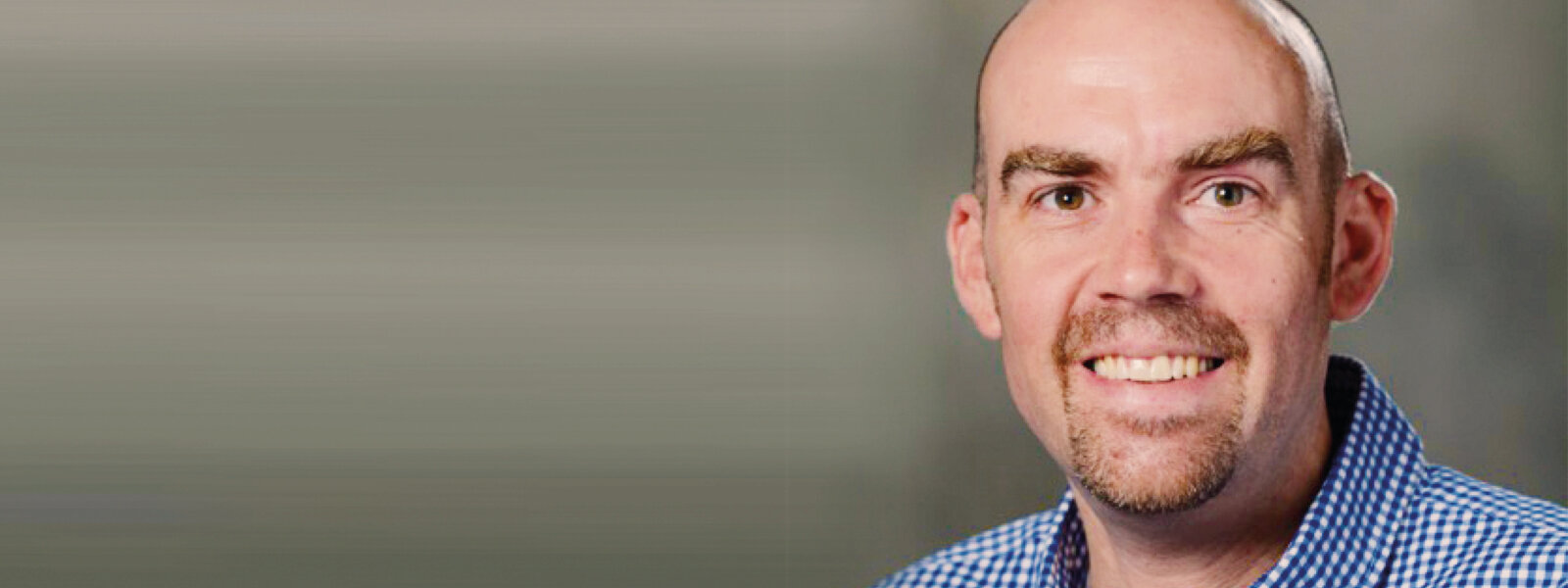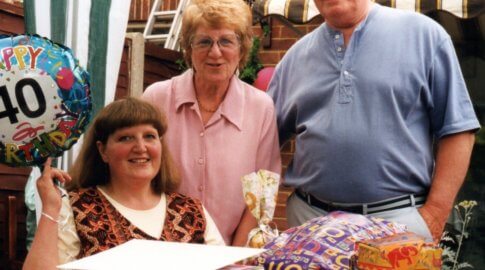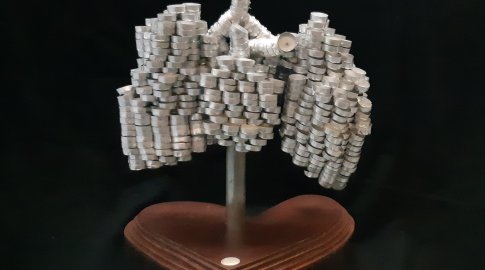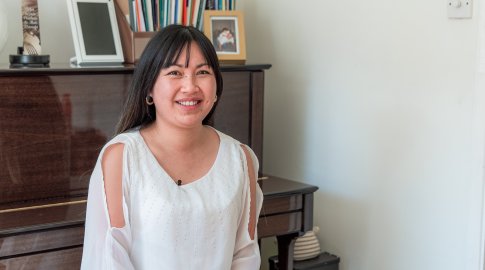Getting to know Dr Neil Hamilton
Consultant Pharmacist Dr Neil Hamilton has over two decades of experience in pulmonary hypertension, and he has been an advisor to the PHA UK throughout this time.
Can you tell our website visitors a bit about where you work, and what you do?
I’m the Consultant Pharmacist at the Sheffield Pulmonary Vascular Disease Unit (SPVDU), based at the Royal Hallamshire Hospital in Sheffield. I’ve been a consultant there for almost nine years, but I started as a pharmacist working in PH in 2003 – which seems like an awfully long time ago now!
The pharmacy team has a grown a lot since then. When I first started it was just me, but now there are four of us; myself as a consultant, a second pharmacist who works both clinically and in research, and two pharmacy technicians who provide really important support.
As a team of four we look after medication for over 2000 people with PH. So it’s a very busy role, but very rewarding too.
As a pharmacy team we are involved in ward rounds, and in clinic, so we see inpatients and outpatients alongside the nursing and clinical staff. We play a vital role in looking after everyone under the care of the SPVDU.
Not all of the UK’s specialist PH centres have a designated pharmacy team like ours, so it’s nice to be part of something that’s so advanced. It would be great for patients if all the centres had a specialist pharmacist so that’s something I’d love to see.
As well as looking after inpatients at the unit we manage all the homecare delivery prescriptions for outpatients too, and we’re a direct point of contact for patients and their families around anything to do with their medicines. They can speak to us about anything they need to.
You have roles outside of the hospital too, don’t you?
I do. One of them involves sitting on an NHS England specialist respiratory clinical reference group (CRG). This is a committee board which is made up of professionals in the field who help guide decisions around policy and standards of care. and access to new medicines. It’s quite different from my day-to-day role as it has more of a national remit.
I am an advisor to the PHA UK, so I provide information and advice about treatments that is passed on to the PH community, and I also promote their work and their objectives wherever I can – for example, through the work I do with the NHS England clinical reference group. In this respect I see myself as both an advocate and an advisor.
I also work closely with the PHA UK through my role as Chair of the PH Professionals Group. Members of the PH Professionals Group include nurses, pharmacists, technicians, physiotherapists, and psychologists, and we meet twice a year (with other interactions in-between) to share best practice, help each other with advice, and ensure we take a united approach to challenges.
The group has representatives from all the specialist PH centres around the UK, It’s open to anyone who is not a doctor (they have their own group, the PH Physician’s Group, which has similar objectives). The PHA UK support the group though secretarial duties.
Ultimately, the group is another way of ensuring we are all working together to do the best we can for our patients, wherever they are seen.
The group has really blossomed over the ten years it has been going, and the PHA UK has played a key role in that by organising the meetings and supporting our connections and collaborations.
The PHA UK has a strong global reputation and I’m proud to be involved with the charity. I’ve really enjoyed writing my column for this magazine over the years; it’s such a strong publication with a wide variety of content, and I hope my advice in it has helped people. I’m not going anywhere, so there will be plenty more to come!
You’ve been around a long time (although you don’t look a day over 21, of course). What are the biggest changes you’ve seen in PH medicines over the years – and what are the next changes likely to be?
There have been some huge advances, and it continues to be a fascinating time to be involved in pulmonary hypertension treatment.
When I first started working in the field, in the early 2000s, we only had a very small number of patients on intravenous (IV) therapy – before the days of oral medications to treat PH. Now, most take oral treatments for PH and as well as many more people on IV therapy, we have nebulised treatments and subcutaneous (under-the-skin) infusions too.
All these treatments manage the symptoms of PH and although they may slow progression of the disease, ultimately, they do not modify the disease. And that’s where we hope treatments will be going soon.
We’re also starting to learn more about how we can better personalise the sort of treatments and prescriptions we can offer patients, rather than having a ‘blanket’ approach. So, there is much to be hopeful about as we move forward.
















